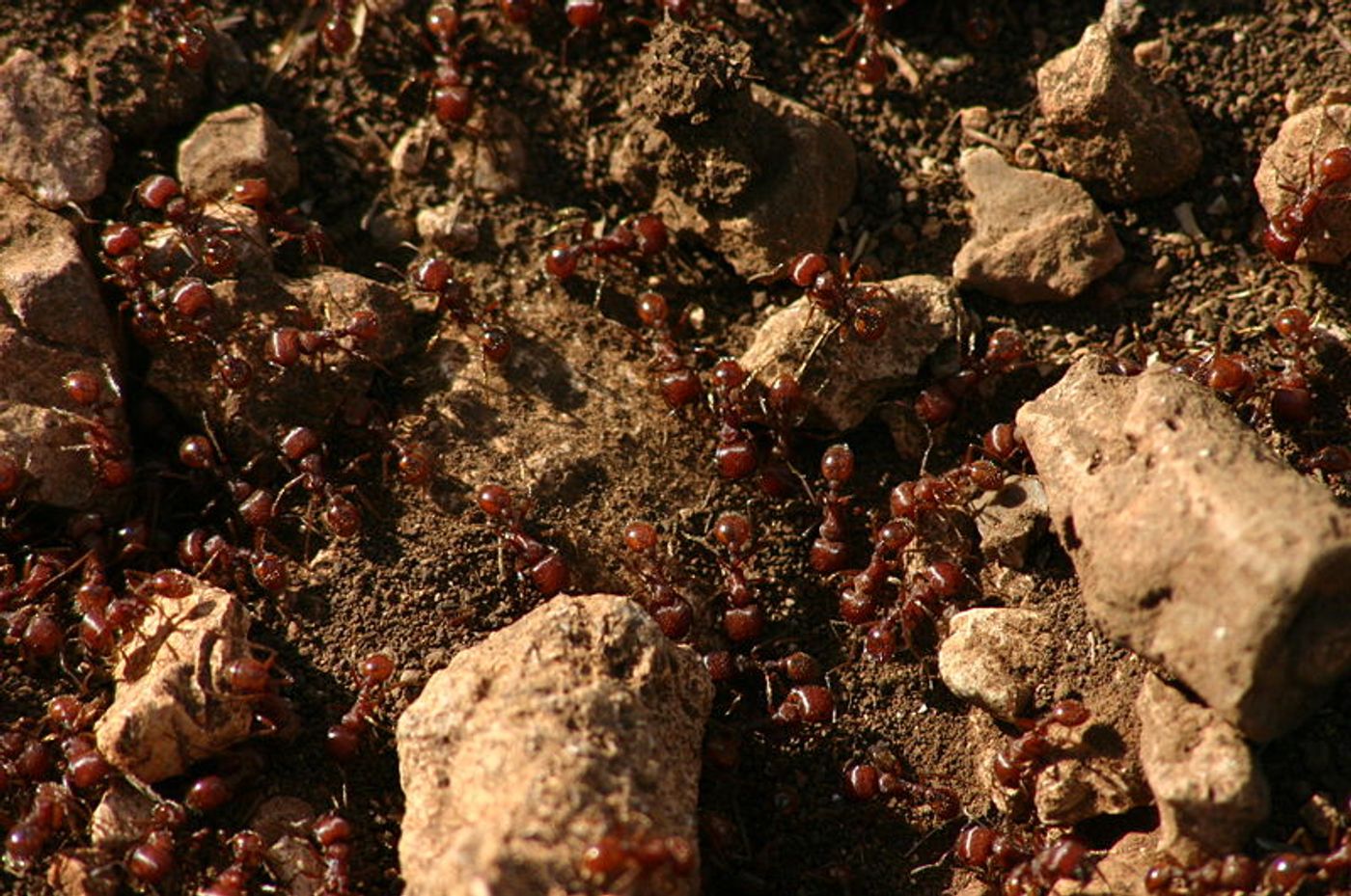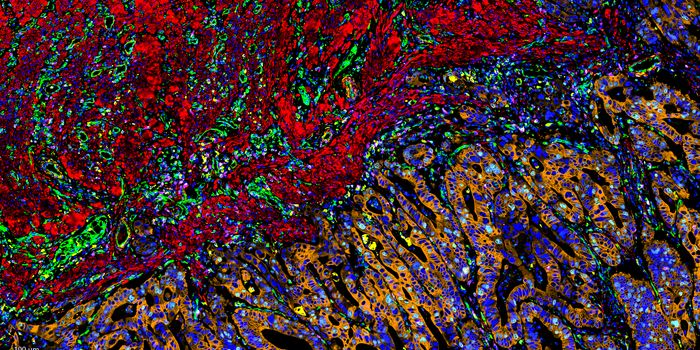Fire Ant Venom: The Next Ingredient in Skin Care Products?
A unique quality of the main toxic “ingredient” in fire ant venom makes it the newest, if unlikely, candidate for treating an autoimmune skin disorder, psoriasis. The most recent study has only finished trials in mouse models of the disease, but if clinical trials in humans are also successful - and safe - fire ant venom could be the solution a lot of psoriasis patients have been looking for.
About psoriasis
This skin condition is not contagious, but scientists don’t know much about what causes it other than that genetic and environmental factors are involved somehow. A person with psoriasis experiences lesions on the skin that develop due to skin cells growing exponentially faster than they should. Current treatments for psoriasis mostly include topical steroids, an approach that has known side effects such as skin thinning and easy bruising.
About the venom
Solenopsins from fire ant venom have been subjects of study before. Lead author of the present study, Jack Arbiser, MD, PhD, found in 2007 that these compounds have anti-blood vessel growth properties, making them a potential anticancer agent - tumors need a blood supply for oxygen and nutrients just like healthy human organs do.
Just like a common ingredient in skin care products, molecules called ceramides, solenopsins influence the barrier function of the skin. However, unlike solenopsins, ceramides are capable of degradation into an inflammatory molecule, sphingosine-1-phosphate (S1P), an inflammatory molecule.
Arbiser and his team studied two types of solenopsins that look and act like ceramides without the negative effect of being transformed into S1P. They used a mouse model of psoriasis, treated with skin cream with one percent solenopsins for 28 days.
Compared to controls, the mice who received cream with solenopsin experienced a decrease in skin thickness, lower infiltration of immune cells to the skin, suppressed production of inflammatory signal IL-22 and increased production of anti-inflammatory IL-12. After observing gene activity patterns, researchers also saw decreased activity of genes that are usually activated by steroid and ultraviolet light treatments for psoriasis.
"This may be compensatory and a mechanism of resistance to anti-psoriasis therapy, and it suggests that the solenopsin compounds could be used in combination with existing approaches," Arbiser explained. "We believe that solenopsin analogs are contributing to full restoration of the barrier function in the skin. Emollients can soothe the skin in psoriasis, but they are not sufficient for restoration of the barrier."
Emollients are a type of moisturizer that relieves itchiness and discomfort in the skin. With continued study of solenopsin as the active ingredient of a new line of psoriasis treatments, people with psoriasis could soon have a new option for therapeutic intervention.
The present study was published in the journal Scientific Reports.
Sources: National Eczema Society, National Psoriasis Foundation, Emory Health Sciences









